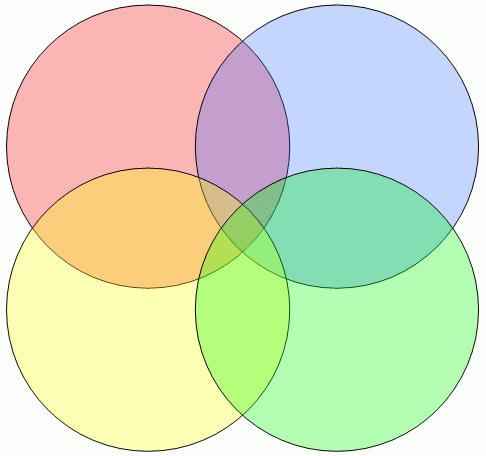Over the past several decades the behavioral health care community has witnessed a veritable explosion of empirically supported treatments (ESTs), which has advanced our understanding of both the psychological mechanisms underlying emotional and behavioral disorders and the evidence-based interventions that target them. Emerging literature on transdiagnostic processes has illustrated the benefits of honing in on common psychological processes that underlie clinical syndromes rather than focusing on discrete diagnostic entities, but therapists still have little guidance on how to integrate this information. The need remains for help navigating the expansive array of options.
Case formulation is an approach to assessment and treatment that allows clinicians to choose from available psychological theories and empirically supported treatments when attempting to understand patients’ problems and individualizing treatment to resolve them (Kuyken et al., 2009; Nezu et al., 2004; Persons, 2008). Knowing which variables may be responsible for patients’ problems is a crucial aspect of clinical assessment and a necessary step toward developing effective treatments to resolve those problems (Haynes et al., 2012). But existing case formulation models offer limited guidance on how to identify specific mechanisms that are believed to underlie presenting problems, and how to select from the ever-increasing treatment options to best target those mechanisms. While the models are highly useful, they stop short of pointing clinicians toward a range of specific mechanisms underlying psychological problems that have been identified through empirical research. Thus, therapists increasingly are challenged—and often are left feeling confused and overwhelmed—when considering which mechanisms might be driving patients’ problems and deciding how to best target them.
SEE ALSO: Comparing ACT and CBT: Defusion vs. Restructuring
Many therapists seek to resolve this dilemma by implementing various elements of ESTs, but the absence of clear guidelines for identifying and addressing mechanisms often results in a haphazard approach that potentially compromises treatment outcomes. Clinical psychologist Rochelle Frank, PhD, and clinician Joan Davidson, PhD, have taken a stab at filling this void in their new book, Transdiagnostic Roadmap to Case Formulation and Planning: Practical Guidance for Clinical Decision Making. Their book was developed to offer specific pathways to address the challenges therapists often face when assessing and treating clients, whether it be for singular disorders, co-occuring problems, or multifaceted and complex psychological conditions. The first of its kind, the book offers a transdiagnostic case formulation model that includes specific mechanisms, a method for linking those mechanisms with patients’ problems, and a step-by-step process to guide clinicians through treatment from intake through termination.
We’ll continue our discussion of the transdiagnostic approach next time. Stay tuned!
References
Haynes, S. N., O’Brien, W. H., Keawe’aimoku, J., et al. (2012). Concepts of causality in psychopathology. Journal of Unified Psychotherapy and Clinical Science, 1, 87–103.
Kuyken, W., Padesky, C. A., & Dudley, R. (2009). Collaborative case conceptualization. New York: Guilford.
Nezu, A. M., Nezu, C. M., & Lombardo, E. (2004). Cognitive-behavioral case formulation and treatment design. New York: Springer.
Persons, J. B. (2008). The case formulation approach to cognitive-behavior therapy. New York: Guilford.



 2024 Peace Playbook: 3 Tactics to Avoid Clashes with Your Partner
2024 Peace Playbook: 3 Tactics to Avoid Clashes with Your Partner